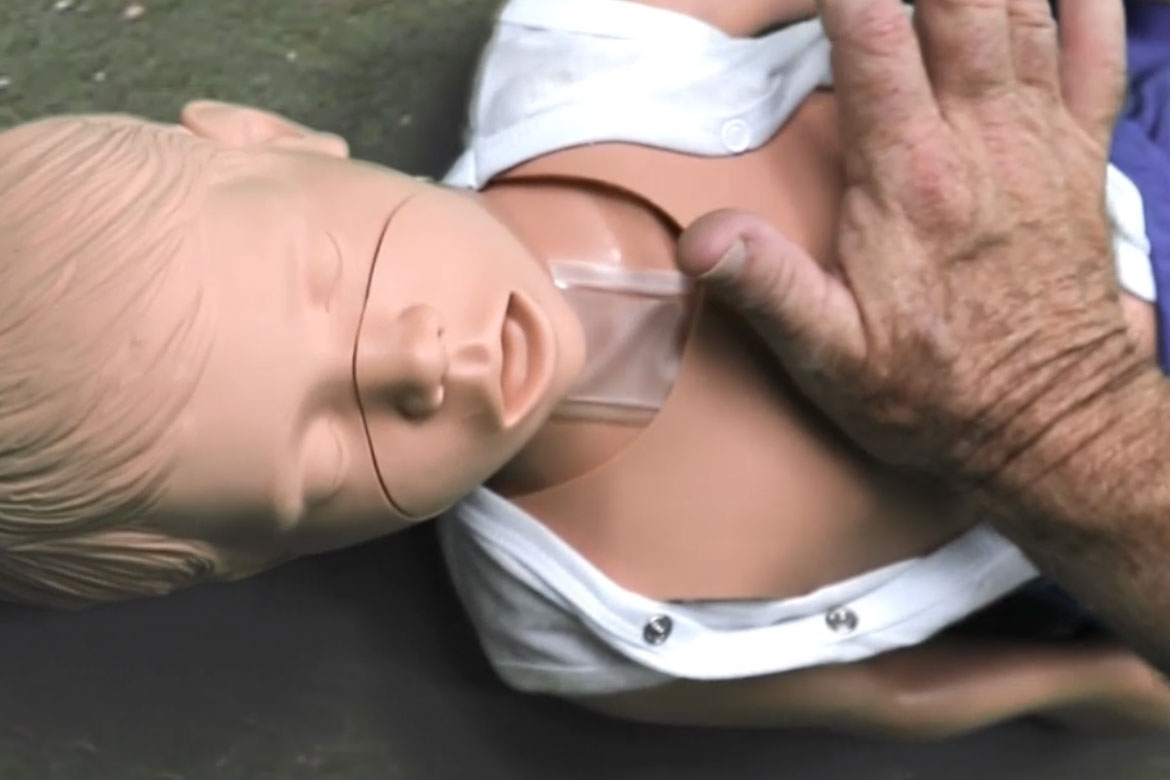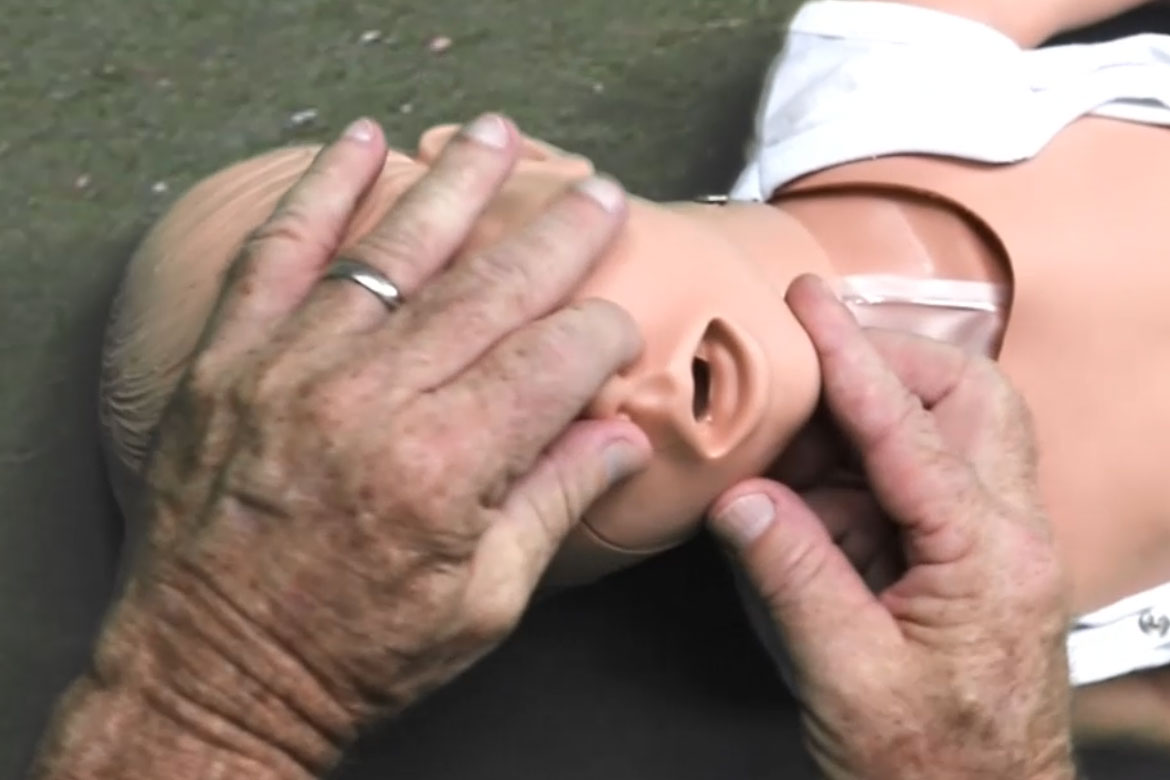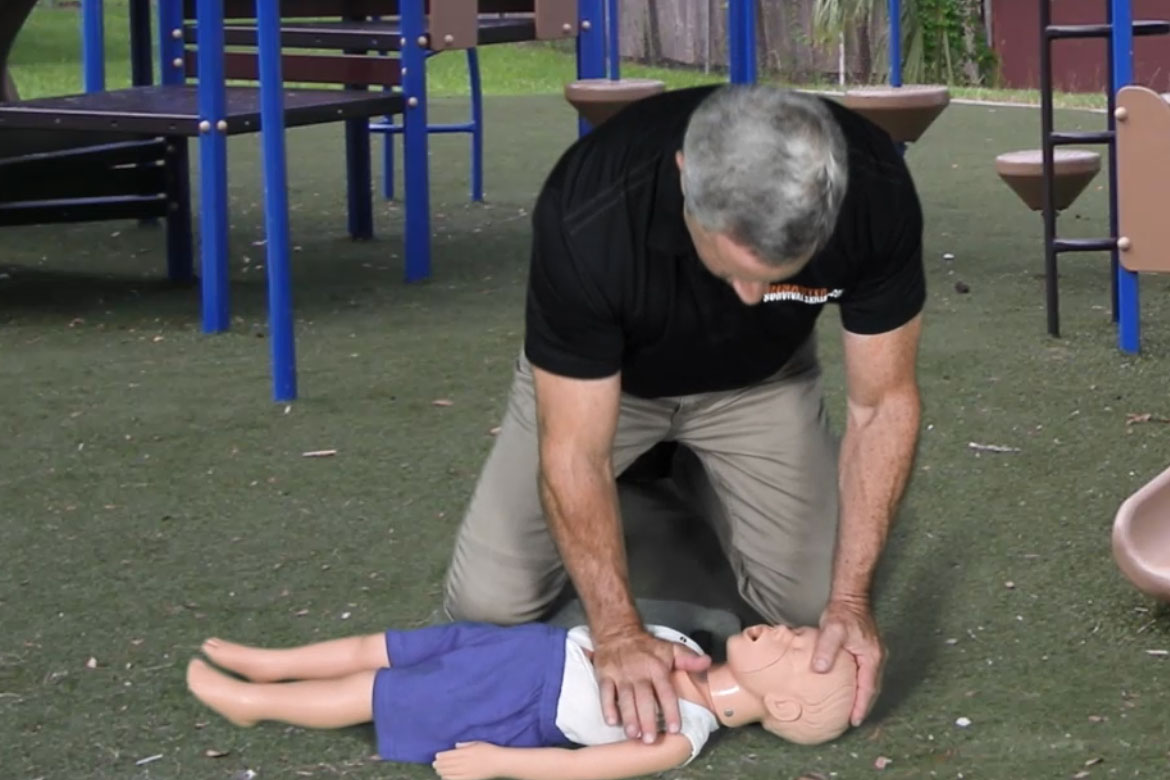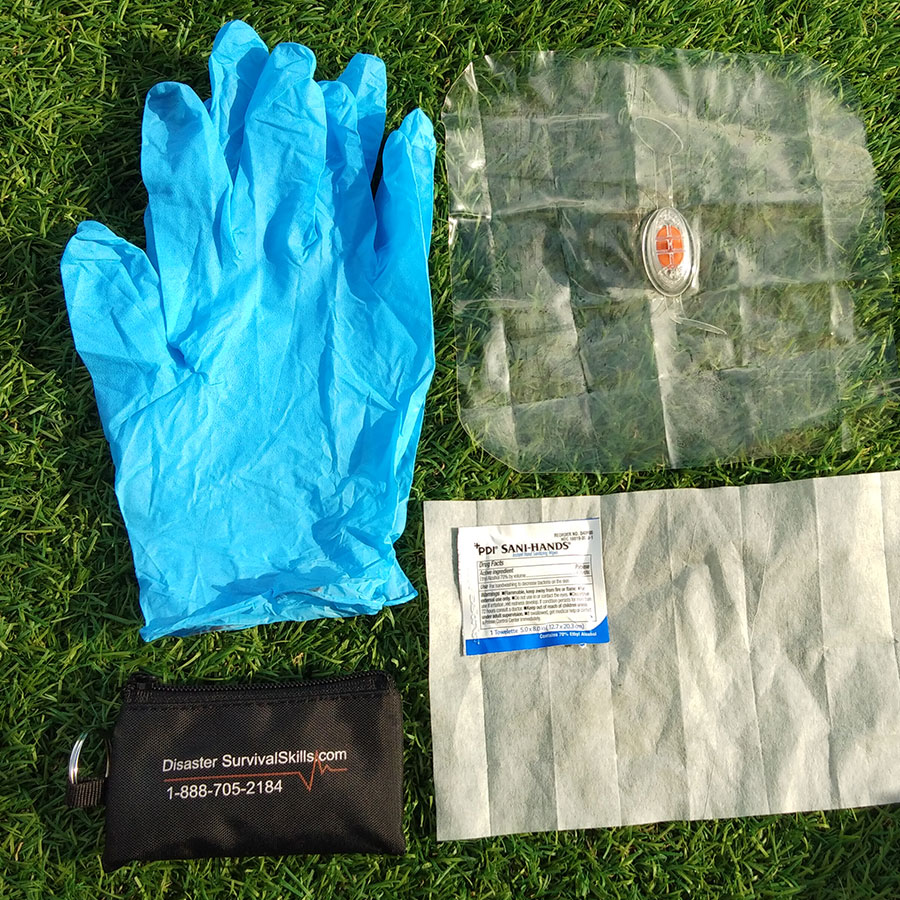How to Perform CPR on a Child

Child CPR is different from adult CPR for a few reasons. In child CPR the age range starts at 1 year of age till puberty (around 12 years of age). They have smaller muscle and bone structure so it will take less effort on your part when it comes to compressions. But before we get too far ahead of ourselves let’s start from the beginning.
Make sure the scene is safe. If there is any risk to a contagious disease make sure you put on your PPE’s (you know gloves and mask) of course if they are available. While this going on you should also be checking to see if the child is breathing. Try to wake them and/or shout while looking at the stomach to see if they are breathing. If they are not breathing, make sure you have someone call emergency services 9-1-1. If you are alone, you will perform 2 minutes of CPR before placing your victim on their side and then calling for help.
To begin CPR, you are going to begin with 30 compressions. By placing one or two hands mid-sternum on the chest. Avoid pushing on their xiphoid process. Then push about 2 inches in depth and at a rate of two compressions every second which would give you your 100-120 compressions per minute rate.

Once you have completed 30 chest compressions you will immediately give 2 breaths. You will perform a head tilt chin paying attention not to tilt the head back too far. Then pinch their nose closed and create a tight seal around their mouth with yours. Provide each breath for only 1 second, take your mouth off so the child can exhale for 1 second and then give your second breath.

Immediately go back to compressions and continue this cycle until help arrives.
Here are some important tips to remember to maximize survival.
- When giving chest compressions allow for full recoil to refill the heart with blood.
- Try to minimize any interruptions to compressions.
- Keep the heel of your hand on their sternum to avoid pushing on the ribs.
- If another rescuer is available switch off every 2 minutes to minimize rescuer fatigue.
- Avoid blowing too hard or too long during ventilations.
- Provide CPR on a hard-flat surface.

Good luck and don’t forget to review our child CPR course videos.





Comments are closed.